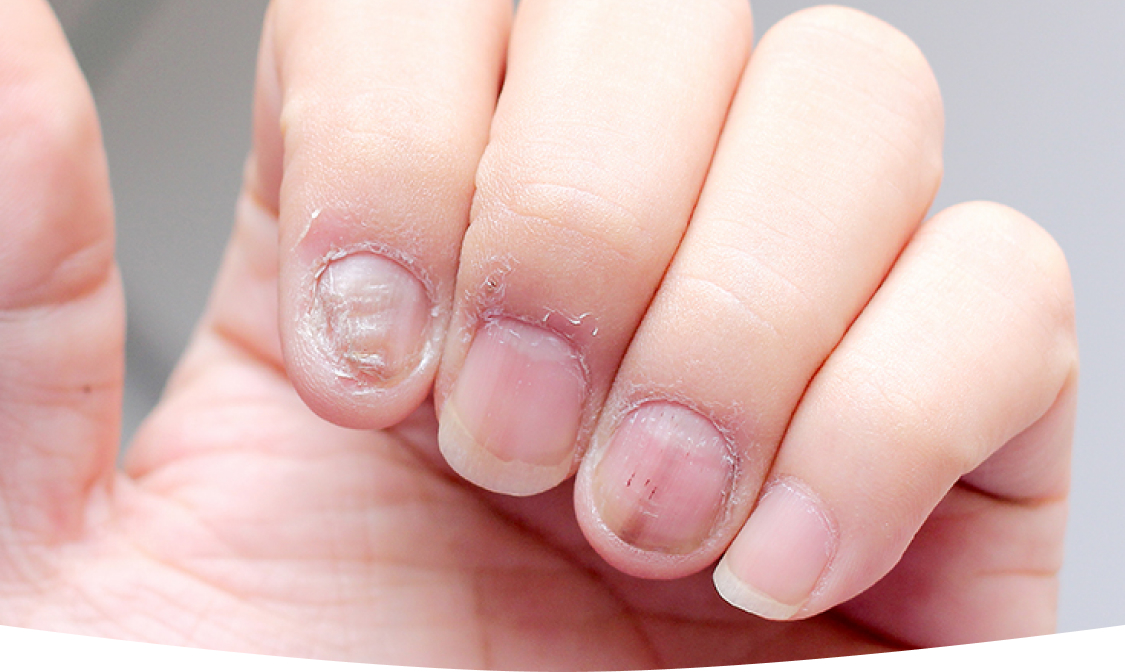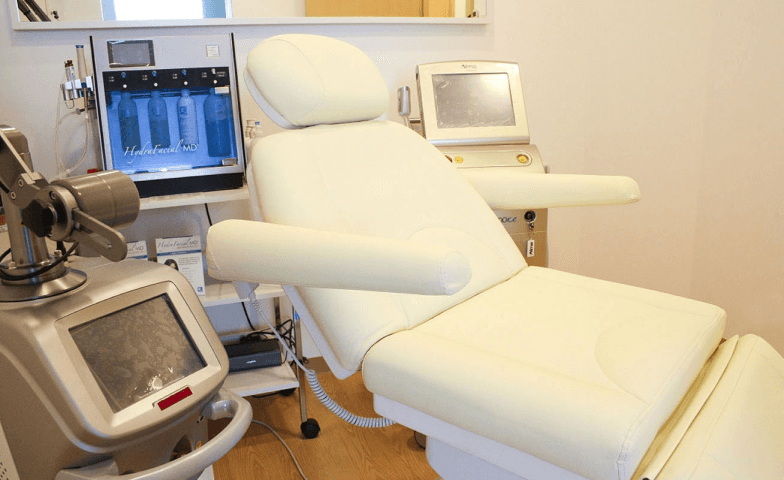Fungal nail infections are a common problem affecting many individuals of all ages. If left untreated, they can cause permanent damage to the nail, leading to disfigurement and pain. However, with proper diagnosis and treatment, most fungal nail infections can be cured.
In this guide, we’ll cover everything you need to know about fungal nail infections, including their causes, symptoms, diagnosis, and treatment options. We’ll also discuss prevention tips and potential complications.
What Are Fungal Nail Infections?
Fungal nail infections, also known as onychomycosis, are a common condition that can affect anyone. They occur when fungi (such as dermatophytes) grow in the nail bed, causing the nail to become thick, discoloured, and brittle. The most common type of fungal nail infection affects the toenails, but it can also occur in the fingernails.
Common Causes of Fungal Nail Infections
Fungal nail infections can be caused by a lot of things. Here are some of the most common causes:
- Poor hygiene: Not washing your hands and feet regularly can lead to the accumulation of dirt and bacteria, making it easier for fungus to grow.
- Trauma to the nail: Injuries to the nail can create an opening for fungi to enter and grow.
- Warm and humid environments: Fungi thrive in warm and moist environments, making swimming pools, locker rooms, and showers a common source of infection.
- Tight-fitting shoes: Shoes that don’t allow your feet to breathe can create a warm and moist environment, making it easier for fungus to grow.
- Weakened immune system: A weakened immune system, whether due to a medical condition or medication, can make you more susceptible to fungal nail infections.
Tell-tale Symptoms of a Fungal Nail Infection
How do you know when you have a fungal nail infection? Watch out for these signs:
- Nail discolouration: Fungal growth can cause nails to develop yellow, brown, or white discolouration.
- Nail thickness: Infected nails are thicker than normal, making them hard to trim or cut.
- Brittle nails: Fungal infections can cause nails to become fragile, resulting in easy breakage or crumbling.
- Unpleasant odour: Fungi present in an infected nail bed can produce a distinct, foul smell.
- Nail deformity: Nail deformation can occur as a result of fungal infections, resulting in nails having an atypical texture or shape.
Diagnosing Fungal Nail Infections
If you suspect that you have a fungal nail infection, visit a healthcare professional for an accurate diagnosis. Your dermatologist will examine your nails and may also ask questions about your medical history and lifestyle to help determine the cause of your infection.
Medical Tests Used to Diagnose Fungal Nail Infections
Below are some of the common diagnostic methods used by health professionals to confirm whether you have a fungal nail infection or not:
- Fungal culture test: A fungal culture test involves taking a sample of the infected nail and examining it under a microscope.
- KOH (potassium hydroxide) preparation: In this test, your doctor will apply a solution to the infected nail that dissolves keratin and allows for the identification of fungal cells.
- Nail biopsy: Your doctor will remove a small piece of the infected nail and examine it under a microscope to determine the cause of the infection.
- PCR (polymerase chain reaction) test: This is a molecular diagnostic test that detects fungal DNA in nail samples.
These tests are typically used to diagnose fungal nail infections, but your specialist may use additional tests or methods depending on your specific symptoms and medical history.
Different Types of Nail Infections
Understanding the different types of fungal nail infections can help with proper diagnosis and treatment. Below are the various types of fungal nail infections:
- Distal subungual onychomycosis: The most common type of fungal nail infection, characterized by the presence of fungus in the nail bed and nail plate.
- White superficial onychomycosis: A fungal infection that appears as white spots or patches on the nail plate, usually caused by the fungus Trichophyton mentagrophytes.
- Proximal subungual onychomycosis: A less common type of fungal nail infection that usually affects people with a weakened immune system. It starts at the cuticle and spreads toward the nail plate.
- Candida onychomycosis: This is caused by the yeast Candida albicans, which can affect both fingernails and toenails.
- Total dystrophic onychomycosis: The most severe type of fungal nail infection, where the entire nail becomes thickened and discoloured, and may eventually fall off.
Are Your Symptoms Affecting Your Quality Of Life?
How To Prevent Fungal Nail Infections
Fungal nail infections can be uncomfortable and unsightly, but the good news is that there are several ways to prevent them. Here are some tips to keep your nails healthy and fungus-free:
- Keep your feet dry.
Fungi thrive in moist environments, so it’s important to keep your feet dry. Be sure to dry your feet thoroughly after bathing or swimming, and avoid wearing damp socks or shoes. If you sweat excessively, use an antifungal foot powder to help absorb moisture.
- Wear proper footwear.
Wear properly fitting shoes that allow your feet to breathe to help prevent fungal nail infections. Avoid shoes that are too tight, and opt for breathable materials like leather or canvas. If you frequently visit communal areas like locker rooms or pools, wear shower shoes or sandals to protect your feet.
- Practice good foot hygiene.
Keeping your feet clean is an essential part of preventing fungal nail infections. Wash your feet daily with soap and water, and be sure to dry them thoroughly. Trim your nails regularly and avoid picking at them, which can cause small cuts that allow fungi to enter.
- Avoid sharing personal items.
Fungal nail infections are highly contagious, so avoid sharing personal items like towels, socks, and shoes. If you have a fungal nail infection, be sure to clean and disinfect any items that come into contact with your feet.
- Use preventive antifungal products.
There are several antifungal products available that can help prevent fungal nail infections. Look for over-the-counter products like creams, sprays, or powders that contain ingredients like clotrimazole, miconazole, or terbinafine. If you have a persistent or severe fungal nail infection, your dermatologist may prescribe oral antifungal medications.
Prevention is key in keeping fungal nail infections at bay, and by following the tips outlined in this guide, you can take proactive steps to protect your nails and feet.
Remember, if you suspect you have a fungal nail infection, seek medical advice from your healthcare provider to determine the best course of treatment.







